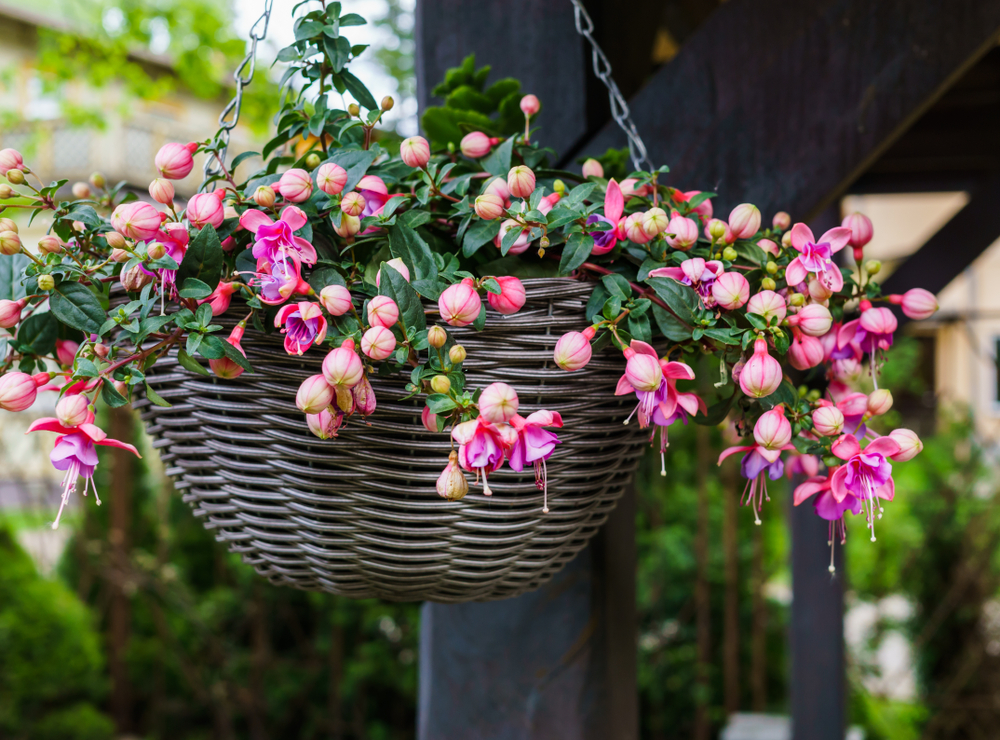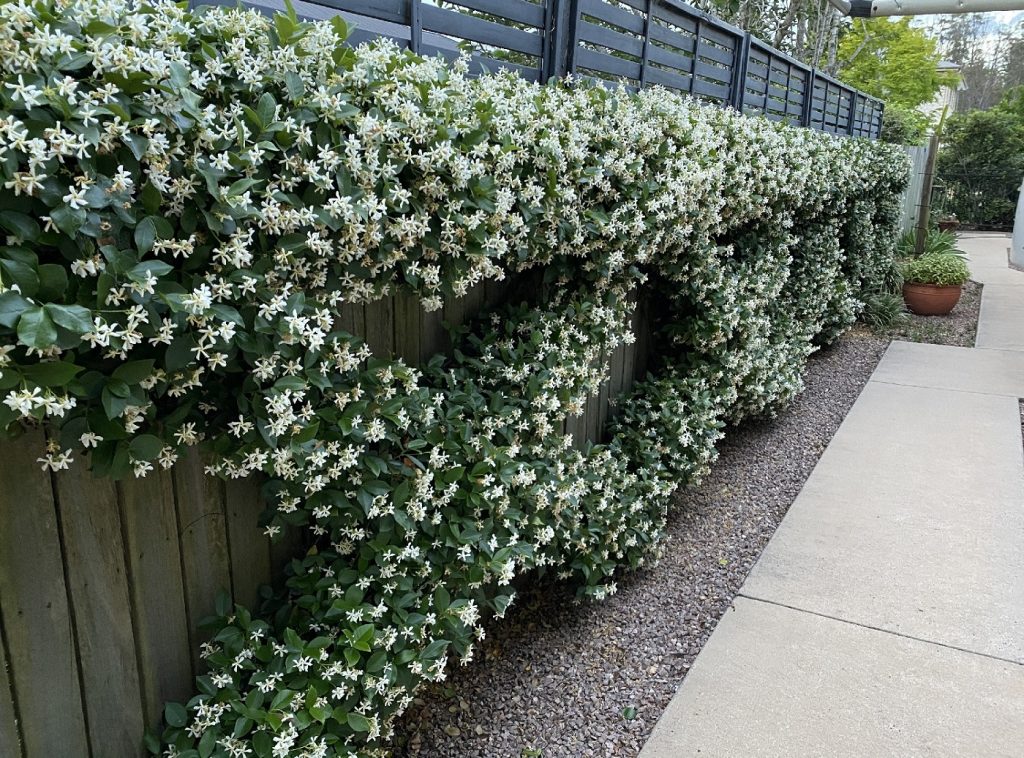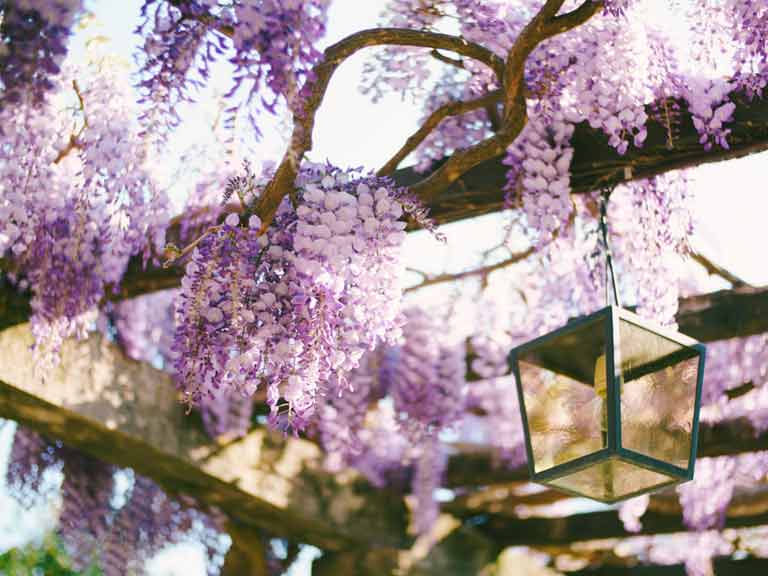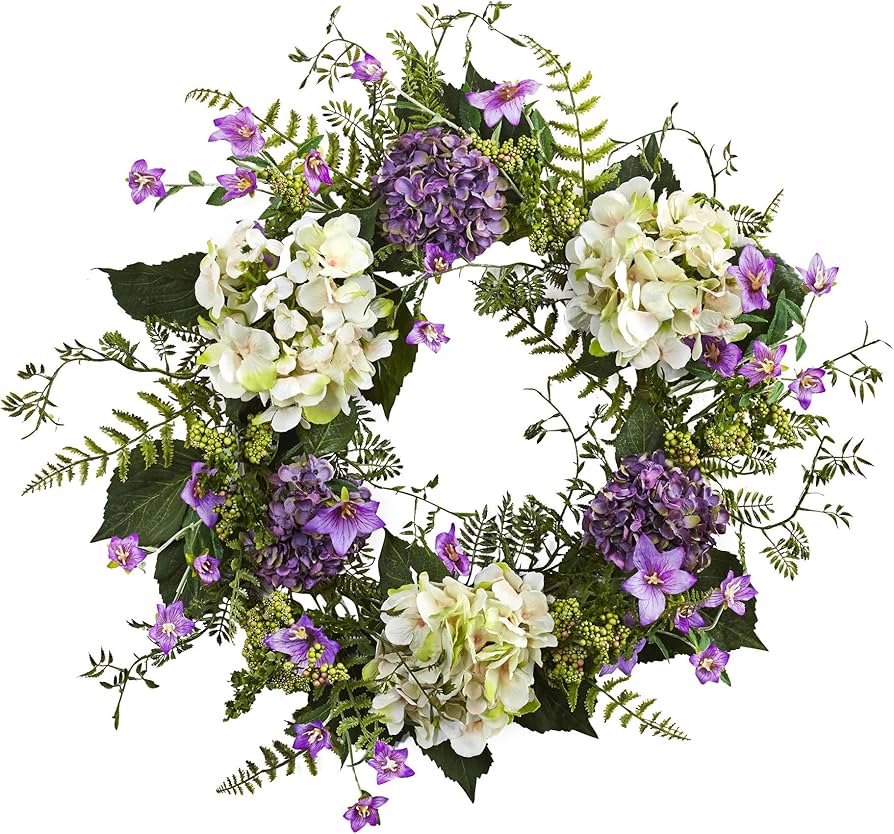How To Grow Hanging Hydrangeas That Will
Introduction
Hydrangeas are beautiful flowering shrubs that can be grown in a variety of ways, including in hanging baskets. Hanging hydrangeas are a great way to add color and interest to your home or garden, and they can be easily moved around to different locations as needed.
In this blog post, we will discuss the basics of growing hanging hydrangeas, including how to choose the right variety, select the right container, and provide the proper care. We will also share some tips for troubleshooting common problems.
Main Content
Choosing the Right Variety
There are many different varieties of hydrangeas available, so it is important to choose one that is well-suited for hanging baskets. Some good choices include:
- Bigleaf hydrangeas (Hydrangea macrophylla): These hydrangeas produce large, showy blooms that can be blue, pink, or white. They are a good choice for hanging baskets in full sun to partial shade.
- Smooth hydrangeas (Hydrangea arborescens): These hydrangeas produce smaller blooms than bigleaf hydrangeas, but they are more cold-hardy. They are a good choice for hanging baskets in partial shade to full shade.
- Oakleaf hydrangeas (Hydrangea quercifolia): These hydrangeas have distinctive oak-shaped leaves and produce large, cone-shaped blooms. They are a good choice for hanging baskets in full sun to partial shade.
Selecting the Right Container
The container you choose for your hanging hydrangea is important for both its size and drainage. The container should be at least 18 inches in diameter and have drainage holes in the bottom. You can use a terracotta pot, a plastic pot, or even a hanging basket.
Providing the Proper Care
Hanging hydrangeas need regular watering, especially during the summer months. You should also fertilize them once a month with a balanced fertilizer. In the fall, you can trim back the stems to about half their size.
Troubleshooting Common Problems
Here are some common problems that you may encounter when growing hanging hydrangeas, and how to troubleshoot them:
- Leaf scorch: This is a common problem caused by too much sun. Move your hanging hydrangea to a shadier location.
- Bud drop: This is a problem that can be caused by a number of factors, including too much or too little water, too much or too little fertilizer, or a pest or disease problem.
- Wilting: This is a problem that is usually caused by underwatering. Make sure to water your hanging hydrangea regularly.
Conclusion
With proper care, hanging hydrangeas can be a beautiful and long-lasting addition to your home or garden. By following the tips in this blog post, you can help your hanging hydrangeas thrive and produce stunning blooms for years to come.
Are you looking for a beautiful and easy-to-care-for plant for your garden? If so, you might want to consider hanging hydrangeas. These stunning flowers come in a variety of colors, including blue, pink, purple, and white. They are also relatively low-maintenance, making them a great choice for busy gardeners.
If you're interested in learning more about hanging hydrangeas, I recommend visiting . This website has a wealth of information on the topic, including care tips, planting instructions, and even a gallery of beautiful hanging hydrangeas.
FAQ of hanging hydrangea
Question 1: What is a hanging hydrangea?
Answer: A hanging hydrangea is a type of hydrangea that is grown in a hanging basket or container. It is a smaller variety of hydrangea, typically reaching heights of 2-3 feet. Hanging hydrangeas are known for their beautiful flowers, which can be pink, blue, or white.
Question 2: What are the best conditions for growing a hanging hydrangea?
Answer: Hanging hydrangeas prefer full sun to partial shade. They also need well-drained soil that is rich in organic matter. Water hanging hydrangeas regularly, especially during the summer months. Fertilize them once a month during the spring and summer with a balanced fertilizer.
Question 3: How do I care for a hanging hydrangea in the winter?
Answer: If you live in a cold climate, you will need to bring your hanging hydrangea indoors during the winter. Place it in a bright, cool location. Water it less frequently during the winter, but do not allow the soil to dry out completely.
Question 4: How do I deadhead a hanging hydrangea?
Answer: Deadheading is the process of removing spent flowers from a plant. This will encourage new growth and flowering. To deadhead a hanging hydrangea, simply pinch off the spent flowers with your fingers.
Question 5: What are some common problems with hanging hydrangeas?
Answer: Some common problems with hanging hydrangeas include:
- Leaf spot: This is a fungal disease that causes brown spots on the leaves. To treat leaf spot, use a fungicide according to the directions on the label.
- Pests: Hanging hydrangeas can be susceptible to pests such as aphids, spider mites, and whiteflies. To control pests, use an insecticidal soap or neem oil according to the directions on the label.
- Watering problems: Hanging hydrangeas are susceptible to both overwatering and underwatering. To avoid watering problems, water your hanging hydrangea regularly, but do not overwater it.
Image of hanging hydrangea
5 different images of "hanging hydrangea" from Pinterest:





Post a Comment for "How To Grow Hanging Hydrangeas That Will"